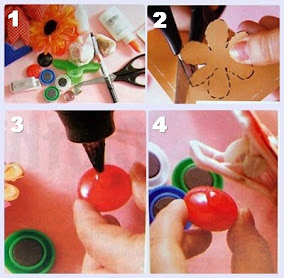The Ultra Custom Design Qualities of Moroccan Mosaic Tiles
This article opens with the cultural, historical, and spiritual aspects of Moroccan mosaic tiles. It then discusses what makes zellige tiles so unique by focusing on their ultra custom qualities and their elevated place in interior design.
Moroccan tile craft is considered an art form by many and is primarily known for its majestic mosaics, which are typically comprised of a series of patterns utilizing colorful geometric and/or floral shapes. This framework of expression arose from the need of Islamic artists to create spatial decorations that avoided depictions of living things, consistent with the teachings of Islamic law. Being limited in their choice of subject for centuries to only working with geometric and floral shapes, Moorish artisans became extremely creative and managed to elevate this craft into an art form.
From its ancient roots dating back to the Frumuseni Mosaics of the Byzantines a thousand years ago, to the assiduous attention to detail employed in the creation of complex geometries and floral patterns, Arabesque zellige (=zillij) tile patterns have steadily evolved into some of the most spectacular masterpieces ever conceived in ceramics and therefore take their rightful place as one of the defacto staples of Mediterranean culture and design.
Dignitaries and patrons of the art have been using zellige tiles among other design elements when decorating their palaces and estates to make a statement about their sophistication and status. From the ancient kings of the Moorish Empire to the Sultans of the Middle East, zellige tiles have always played a key role in creating distinguished and lavish surroundings.
The reason one can also find some of the most spectacular examples of Arabesque mosaics in mosques and other religious places has to do with the idea that these types of elaborate patterns will aid in inspiring a sense of spirituality, tranquility, humility and a general awe of higher powers in their followers.
What sets zellige tiles apart from any other type of tiles is the combination of mesmerizing patterns, vibrant colors (earth tones) and rugged surfaces. A big part of the unique appeal and brilliance of Moroccan mosaic tiles lies in what at first may seem like a contradictory combination of primitive crafting techniques and very skillfully arranged geometric designs. However, upon further study one realizes the cultural and historical significance behind it.
In addition, it becomes clear that the very imperfections that are due to the hand made nature of this product contribute to a certain charm and warmth that cannot be duplicated by any other materials. This fact coupled with the sheer endless ways in which one can customize colors and shapes are the reasons one can literally create one-of-a-kind bathrooms, court yards, kitchens, pools etc. These ultra custom qualities of zellige tiles inspire truly personalized living spaces, especially in the context of Mediterranean architecture.







